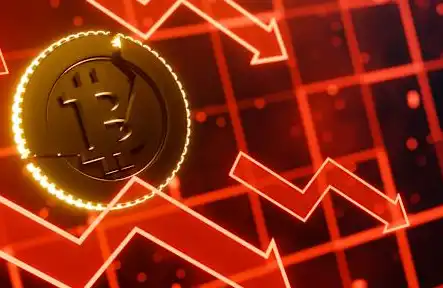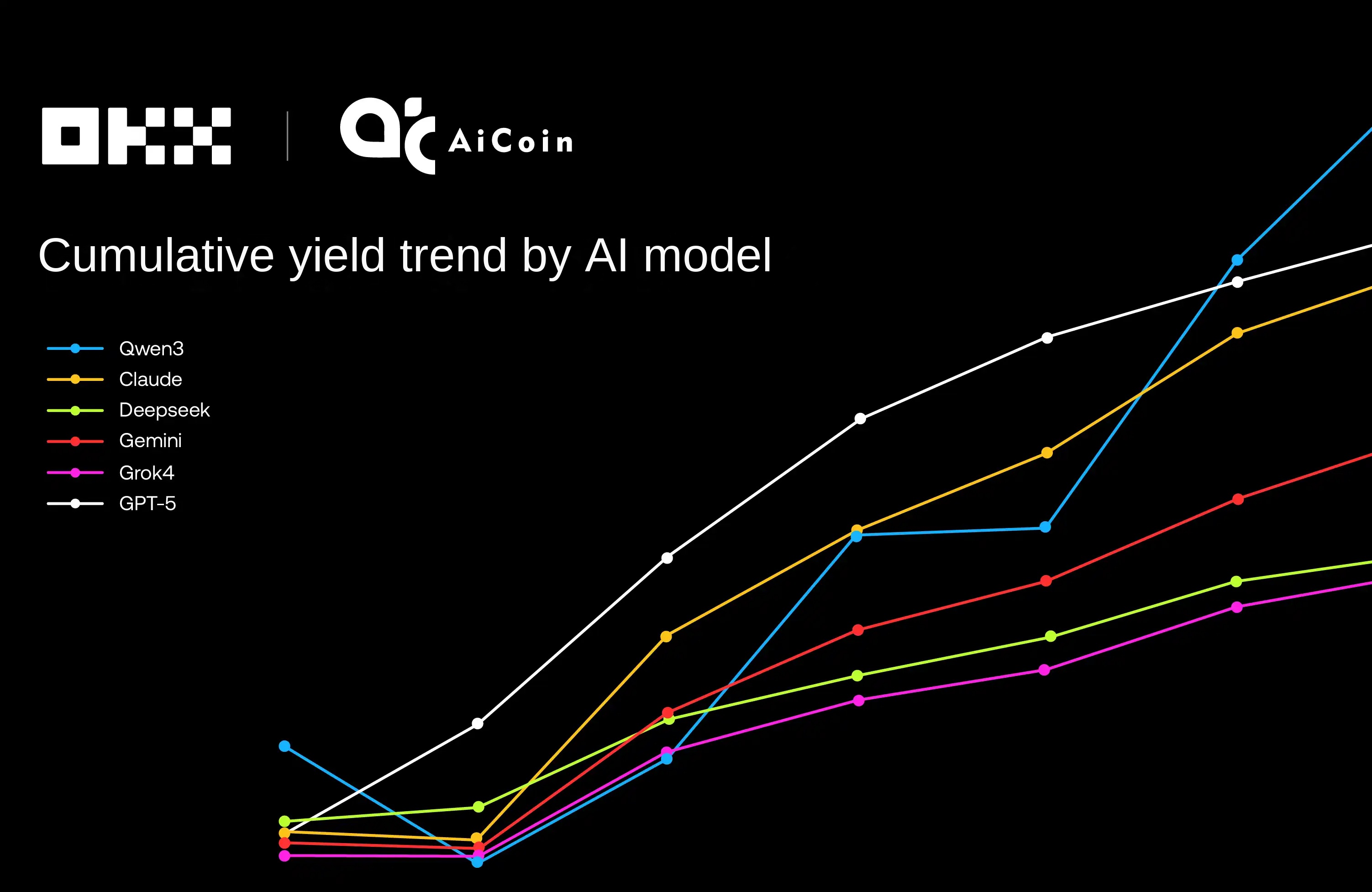Rereading Satoshi Nakamoto’s emails: Anonymity was carried through to the end, and college students became early “spokespersons”
Original source: OneKey
In 2009, Martti Malmi@marttimalmi, who was a sophomore at the Helsinki University of Technology, accidentally browsed bitcoin.org and sent an email to Satoshi Nakamoto: "I would like to help with Bitcoin, if there’s something I can do."

To be honest, this was a very hasty application email. But from then on, the gears of fate began to turn.
Martti Malmi became Satoshi Nakamoto's first collaborator and the person Satoshi Nakamoto trusted the most, and his life was changed by Bitcoin. There has always been a legend in the currency circle that college students "all in" and get rich quickly, and Martti must be the ancestor of this legend.
Last month, he made public his email history with Satoshi Nakamoto (https://mmalmi.github.io/satoshi/), allowing us to review the magnificent history of Bitcoin from more perspectives. Here are some interesting findings from OneKey.
The early operation of Bitcoin was very much like a startup
Like most startups back then, they registered the domain name "bitcoin.org" and had a lot of discussions about product features, UI (user interface), websites, etc.
Very different from the entrepreneurial atmosphere at the time, work was all done via email, and no one had ever seen the boss "Satoshi Nakamoto". Today, remote work in the crypto industry has become popular, and major crypto companies such as Binance, Paradigm, and our OneKey have adopted global collaboration to varying degrees.
This is the first remote work task assigned by Satoshi Nakamoto to college student Martti Malmi - FAQ (Frequently Asked Questions). Satoshi Nakamoto said that what the website needs most at the moment is some writing content, and he is "not good at writing, but better at writing code." Original translation: "You can consider building a website on SourceForge, but there is no content there yet. If you can prepare a FAQ, I can organize the content I answered in emails and forums for you, so that you can get the information and inspiration you need."

Satoshi Nakamoto is obviously a good boss, and he seriously considers the suggestions of Martti, a young college student. Here, Satoshi Nakamoto is discussing the features of "minimizing tray" and "starting at startup" of the Bitcoin core client like a product manager. Like many computer programs at the time, everyone was competing for user use and reducing the "user churn rate." Of course, Bitcoin uses this "intention" so that more people can run full nodes and make the early network safer. Original translation:
“Next, I plan to add a feature that allows the Bitcoin program to run automatically when it starts on Windows and can be minimized to the system tray, which will significantly increase the number of online nodes.
Looking back, you did point out a currently critical missing feature that has the potential to greatly increase the number of nodes. Without automatic startup, it would be difficult for us to retain users after their first try. As the secret to the success of early file sharing networks, it is crucial to have programs run automatically and hide in the system tray by default. Although in our first version (v0.1.0), it seemed inappropriate to introduce this feature because stability was not guaranteed. But now that the program has become stable enough, this feature has become a feature that we must add to the next version to ensure that users who are willing to try the new version can have a better experience and are willing to continue using it.”

As an “entrepreneur”, Satoshi Nakamoto couldn’t help but complain to Martti about those Internet startup projects that “don’t even have code” but are still very popular.
In the following email, Satoshi Nakamoto believes that SourceForge's functions can no longer meet the needs of the Bitcoin forum and needs to change the forum service provider. At the same time, he complained: "I have seen some projects attract a lot of attention just by forum discussions and planning, even though they have not started writing any code. Discussions on the forum provide a platform for the project to be exposed, attract new users, help solve support problems, and sort out the most needed functions. (So this forum is very important)"

In the marketing of startups, Satoshi Nakamoto is not completely an extreme "geek". In this email, he mentioned that the promotion point of the official website "anonymity" is a bit too suspicious, and he thinks that this point can be known by everyone privately.
Original translation: "The word "anonymity" sounds a bit suspicious. I think those who want anonymity can still figure it out by themselves without us making a big fuss. I made some changes to the bitcoin.org homepage. It is not really urgent to update the translation. I tend to continue editing and correcting for a while, so if they want to update, it's better to wait."

Martti took it all after all
In email communication, Satoshi Nakamoto repeatedly expressed that he did not want to be a face-to-face person (although in the end, most people still remember Satoshi Nakamoto). He encouraged Martti to use his real name and address. Martti was asked to use his own credit card/ID card to open a server and bank account.
If you were Martti, would you be scared and run away?
Original translation: "I received a donation request of $2,000. But I need your mailing address for him to send it. Yes, he (the donor) wants to remain anonymous, so please protect the privacy of the source of the envelope."

In terms of some Bitcoin propaganda points, Nakamoto also asked Martti to speak on his behalf, and reminded of some marketing risks. Original translation:
"On sourceforge, you can express many opinions that you cannot express on my own website. However, I still feel that it is a bit inappropriate to directly propose "consider Bitcoin as an investment". This statement is quite risky, and you'd better remove this point. It's fine if users have such ideas, but we can't promote it as a selling point."

It doesn't seem wrong to throw the interview task to the newcomer Martti. Original translation "There is a blogger who wants to write an article about Bitcoin, but I don't have time to answer his questions at the moment. If I introduce him to you, are you willing to answer his questions? This way we may get a good link resource."

The boss Satoshi Nakamoto suddenly disappeared for a month, and it was still Martti who took over the operation of the forum. Original translation: "I have also been busy with other things for the past month and a half. I just started downloading my email from the beginning of April. I have most of my things done and should be back to work on Bitcoin soon. It's great to see that you have been dealing with some things while I was away. Congratulations on completing your first Bitcoin transaction!"

Recharge Faith for Martti
Satoshi Nakamoto also foresaw that if Bitcoin enters the mainstream, it will definitely use a lot of energy. This may be a very "explosive" point of view at the time: the banking system is more wasteful of resources than PoW.
"It would be ironic if we eventually had to choose between economic freedom and saving resources.
Unfortunately, proof of work is the only solution I have found that can make a peer-to-peer electronic cash system work without a trusted third party. Even if I don't use it as an auxiliary way to initially distribute currency, proof of work is still essential for coordinating the network and preventing duplicate payments.
If it does start consuming a lot of energy, I think it will still consume less energy than the labor- and resource-intensive traditional banking activities it will replace. It will cost a lot less than the bank fees, which are billions of dollars to pay for all the bricks and mortar buildings, skyscrapers, and useless credit card promotional mailings."

Last Email
As we all know, Satoshi Nakamoto stopped forum activity on December 12, 2010 after posting on the Bitcoin forum for the last time to discuss DoS (Denial of Service Attacks). This was not Satoshi's last email.

A month later, in this email from Satoshi to Gavin Andresen (cc'd to Martti), Satoshi Nakamoto reaffirmed that he did not want to participate in any media PR content and interviews. And here we can see that Satoshi Nakamoto was very worried that Bitcoin would grow too fast, resulting in various functions, attack defense and other needs not being met. At the same time, they were worried about the enthusiasm of public opinion. At that time, some unofficial Bitcoin spokespersons appeared to over-exaggerate and even promote that it would replace Paypal or even the euro. They hope to emphasize in the media that Bitcoin is a cutting-edge test and has not yet reached the level of large-scale application.

A month later, this was the last email Satoshi Nakamoto sent to Martti. He arranged some administrator password matters and disappeared again. This farewell lasted for 13 years, and it is likely that he will never be seen again.

Satoshi Nakamoto's disappearance is full of legends, but in these emails, we see a closer side of Satoshi Nakamoto, as if "God" is not out of reach, as if he is by our side, as if everyone is Satoshi Nakamoto.
Martti’s story is not just a mirage. In the new round of bull market, how many “college student” legends will we witness?
Original link
Welcome to join the official BlockBeats community:
Telegram Subscription Group: https://t.me/theblockbeats
Telegram Discussion Group: https://t.me/BlockBeats_App
Official Twitter Account: https://twitter.com/BlockBeatsAsia


 Forum
Forum Finance
Finance
 Specials
Specials
 On-chain Eco
On-chain Eco
 Entry
Entry
 Podcasts
Podcasts
 Activities
Activities
 OPRR
OPRR







